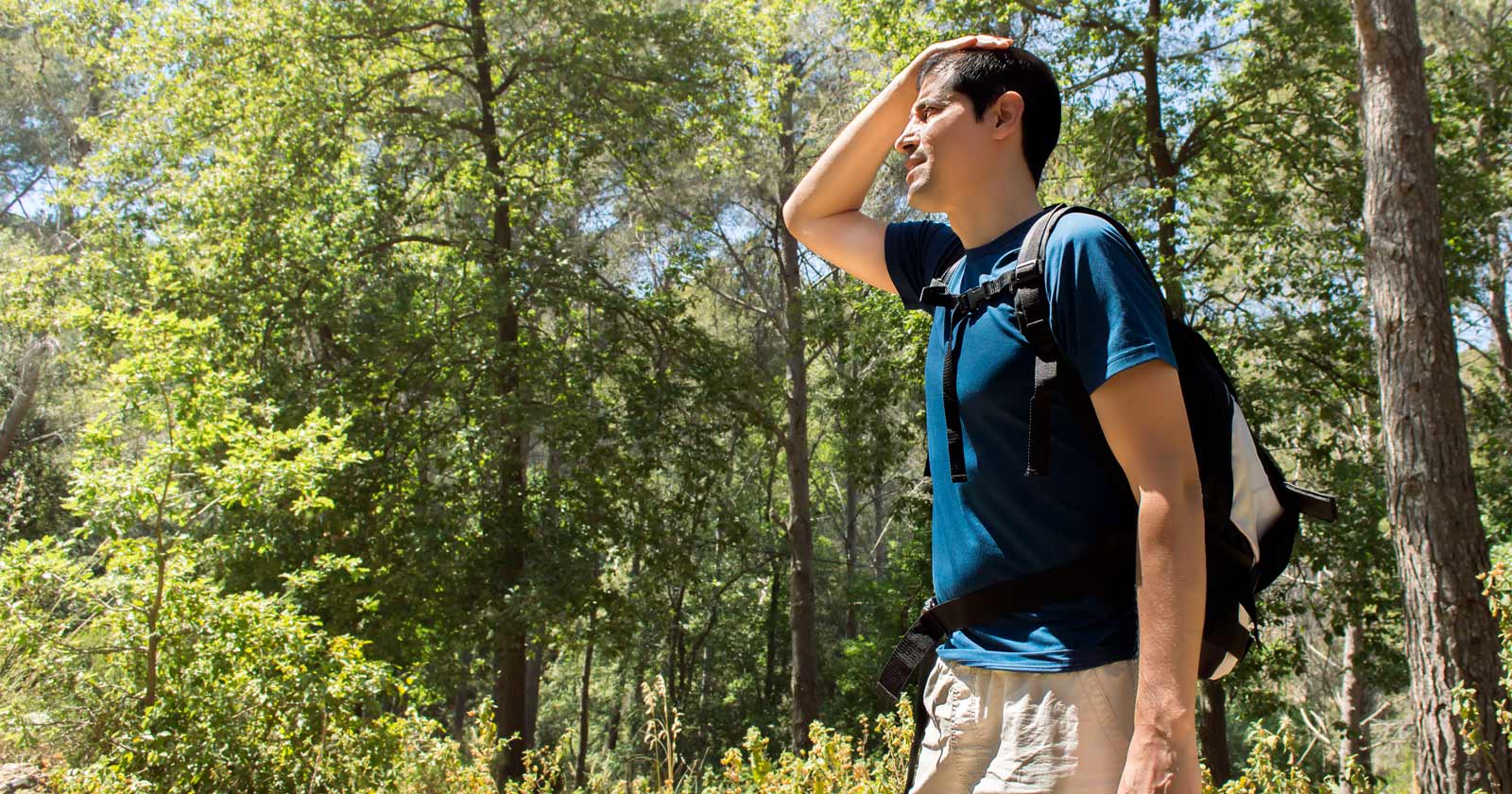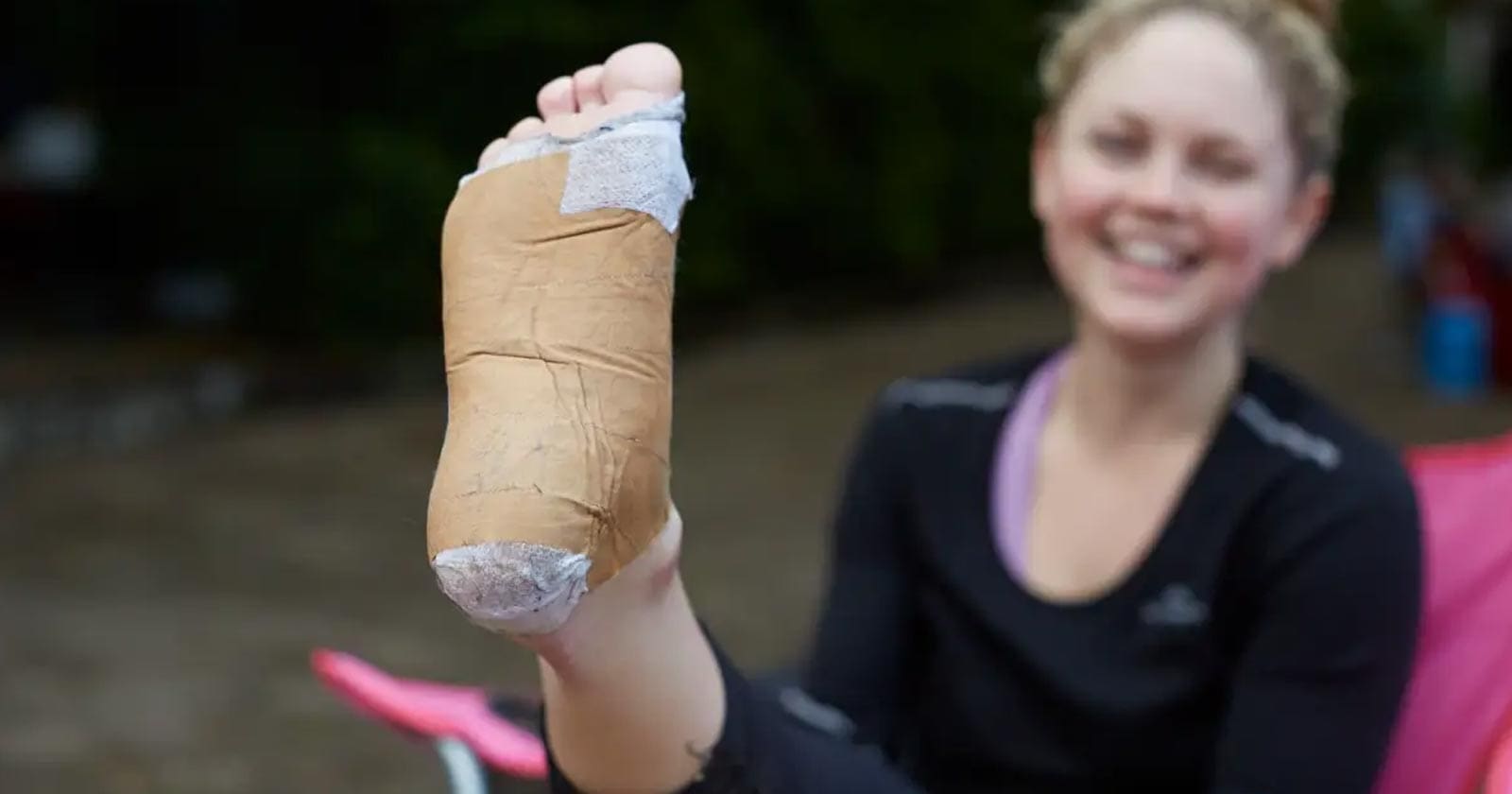Who is at risk?
The flip side to dehydration is overhydration. This is a fairly rare condition for hikers and generally effects endurance athletes such as marathon runners, ultrarunners and triathletes. That being said, overhydration has caused deaths.
Hyponatremia has gained media attention in the last few years, but it is important to realise that dehydration is much more common and ‘overhydration’ is a risk mostly associated with ultra-endurance sports and not sports events lasting less than 2 hours such as hockey, basketball and soccer, or shorter hikes/runs. On longer hikes, adventures in hot weather or trails that require strenuous exertion for prolonged periods, you need to be mindful of not becoming overhydrated. Prolonged activity and excessive sweat production increases the risk of having having too little sodium in your blood stream during the hike.
Overhydration or hyponatremia associated with prolonged exercise arises primarily from fluid overload, under replacement of sodium losses, or both. When blood sodium concentration falls to abnormally low levels, a rapid and dangerous swelling of the brain occurs, that can result in seizures, coma, and death.
What is overhydration and hyponatremia?
Overhydration is an imbalance of fluids. It happens when your body takes in or holds more fluid than your kidneys can remove. Drinking too much water or not having a way to remove it can cause water levels to build up. This dilutes important substances in your blood. In very extreme cases, hyponatremia may cause coma and even death.
Hyponatremia occurs when the concentration of sodium in your blood is abnormally low. Sodium is an electrolyte, and it helps regulate the amount of water that’s in and around your cells. Because sodium is lost in sweat, it is important if you are hiking at at high intensity to get adequate sodium before, during and after the hike, especially as you continue to drink water. This is even more critical during longer hikes (more than 4 hours) as you will have more time to drink excessively. It is also important for smaller hikers who can dilute their blood plasma quicker than larger individuals.
What are the symptoms?
The symptoms of overhydration and hyponatremia are similar to dehydration causing some hikers to mistakenly drink more water and exacerbate the issue.
Symptoms of overhydration
You may not recognise symptoms of overhydration in its early stages. As the condition progresses, common symptoms include:
- nausea and vomiting
- headache
- changes in mental state such as confusion or disorientation
Symptoms of hyponatremia
- Nausea and vomiting
- Headache
- Confusion
- Loss of energy, drowsiness and fatigue
- Restlessness and irritability
- Muscle weakness, spasms or cramps
- Seizures
- Coma
Symptoms of mild to moderate dehydration
- thirsty
- dry mouth, lips and tongue
- headache
- dark urine, and not so much of it
- dizzy or light-headed, particularly when standing up
Symptoms of severe dehydration
- extremely thirsty
- very dry mouth
- breathing fast
- fast heart rate and a low blood pressure
- fever
- little or no urine
- irritable, drowsy or confused
Is overhydration more dangerous than dehydration?
Fatal hyponatremia in hikers is rare, but it has claimed the lives of hikers, and ultra distance runners. Overhydration should be something that all hikers are aware of and take seriously. That being said, it is clear from population data that hyponatremia associated with prolonged hiking is quite rare. It is important to keep the risk of ‘overhydration’ in perspective.
One study of ‘higher risk’ athletes who developed symptomatic hyponatremia were participating in distance running events of 42 km and triathlons lasting 9–12 h. In these events, symptomatic hyponatremia still only occured in 0.1–4% of the participants.
Conversely, dehydration has been estimated to occur in up to 80% of athletes in activities such as team sports, tennis, hiking and endurance events.
How to avoid hyponatremia
Excessive drinking is a key risk factor for hyponatremia, and this risk can be reduced by making certain that fluid intake does not exceed sweat loss and by ingesting beverages or foods containing sodium to help replace the sodium lost in sweat. As a safeguard hikers can include sodium containing sports drinks (hydralyte) for hikes lasting more than 1-2 hours, especially during activity in the heat when sweat losses are greatest. Rehydration Solutions that contain electrolytes and minerals are also beneficial by means of supplying carbohydrates when muscle fuel stores may run low during intense hikes lasting more than 1-2 hours.
So how much should you drink?
You should be aware of misleading advice to ‘always drink as much as you can‘. The amount of water you should drink on a hike depends on your volume of sweat and the sodium concentration of your sweat, both of which can vary depending on aerobic fitness, hike intensity and ambient temperature. The following outlines position statements of various organisations:
American Dietetics Association, Dietitians of Canada, and American College of Sports Medicine (2000): “Athletes should drink enough fluid to balance their fluid losses. Two hours before exercise, 400 to 600 ml of fluid should be consumed, and during exercise, 150 to 350 ml of fluid should be consumed every 15 to 20 minutes depending on tolerance.”
National Athletic Training Association (2000): “To ensure proper pre-exercise hydration, the athletes should consume approximately 500 to 600 ml of water or a sports drink 2 to 3 hours before exercise and 200 to 300 ml of water or a sports drink 10 to 20 minutes before exercise. Fluid replacement should approximate sweat and urine losses and at least maintain hydration at less than 2% bodyweight reduction. This generally requires 200 to 300 ml every 10 to 20 minutes.”
Is sipping water OK?
Sipping water does not prevent dehydration
Years ago in South Australia, a female doctor from Austria was found dead trying to walk for help, she died of dehydration. She only drank 300ml from her 2 litre supply (1.7 litres still in the bottle next to her dead body) a tragic result of sipping water.
If you keep sipping at a rate less than you are expiring, you will end up suffering from dehydration. Keep sipping and you will suffer mentally from dehydration dementia, as well physical depletion of our fine motor skills ability.
Wise words of Dr Nigel Taylor Associate Professor of University of Wollongong heat related illness specialist: “Every drop we lose needs to be replaced, otherwise you’re dehydrating”.
The prevention
The key to preventing overhydration, hyponatremia and dehydration is to monitor how much you drink and keep your salt levels balanced by occasionally drinking a sports drink with electrolytes and/or eating a salty snack.





